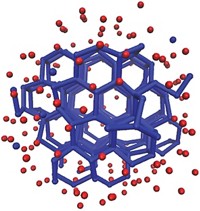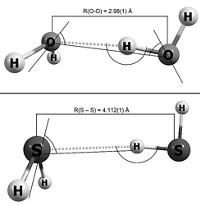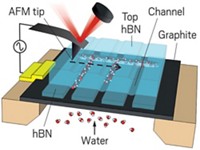Advertisement
Grab your lab coat. Let's get started
Welcome!
Welcome!
Create an account below to get 6 C&EN articles per month, receive newsletters and more - all free.
It seems this is your first time logging in online. Please enter the following information to continue.
As an ACS member you automatically get access to this site. All we need is few more details to create your reading experience.
Not you? Sign in with a different account.
Not you? Sign in with a different account.
ERROR 1
ERROR 1
ERROR 2
ERROR 2
ERROR 2
ERROR 2
ERROR 2
Password and Confirm password must match.
If you have an ACS member number, please enter it here so we can link this account to your membership. (optional)
ERROR 2
ACS values your privacy. By submitting your information, you are gaining access to C&EN and subscribing to our weekly newsletter. We use the information you provide to make your reading experience better, and we will never sell your data to third party members.
Physical Chemistry
Ice Forms From Water Pentagons, Too
On a copper surface, water molecules eschew their hexagonal shape for a pentagonal pose
by Jyllian N. Kemsley
March 16, 2009
| A version of this story appeared in
Volume 87, Issue 11

Water molecules typically arrange into hexagons to form ice. Now, investigating ice formation on a copper surface, a group led by Angelos Michaelides of the London Center for Nanotechnology has found that ice can also form from water pentagons (Nat. Mater., DOI: 10.1038/nmat2403). The group used scanning tunneling microscopy, reflection absorption infrared spectroscopy, and density functional theory (DFT) to study the formation of water chains on copper. They found that the chains form from water molecules arranged into face-sharing pentagons. DFT computations indicate that the water pentagons are favored over hexagons on copper surfaces because the pentagons maximize the proportion of oxygen atoms that interact with the copper while maintaining a strong hydrogen-bonding network between the water molecules. More experiments are needed to identify the detailed arrangements of water molecules at interfaces, the authors say. "Future studies should focus on identifying structures that optimize the balance between water-metal and water-water bonding, rather than concentrating overly on hexagonal packing arrangements," the authors write.





Join the conversation
Contact the reporter
Submit a Letter to the Editor for publication
Engage with us on Twitter